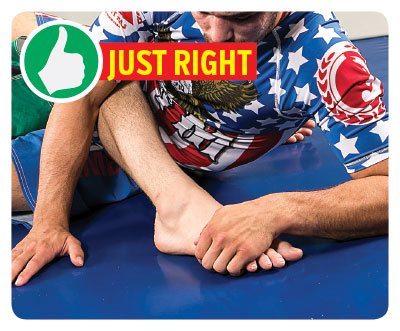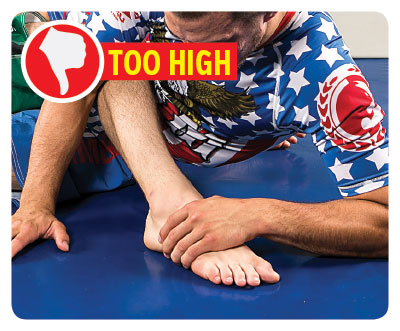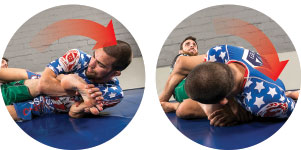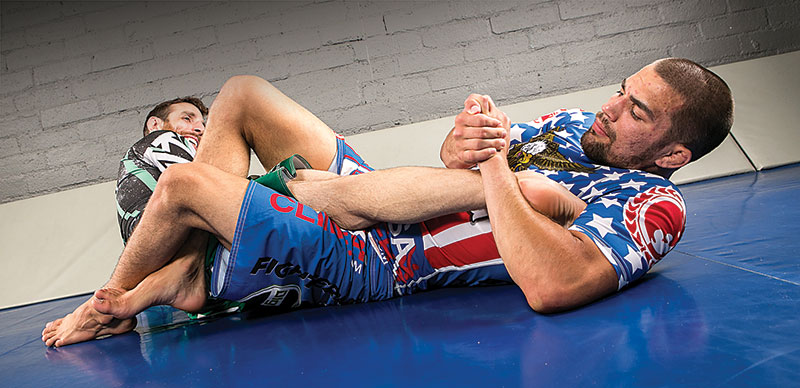Garry Tonon: Breaking Down Toe Holds and Heel Hooks
Toe holds and heel hooks can be a little confusing when you’re first exposed to them. Because many leg locks are only legal in brown and black belt competitions, they’re uncommon in many schools. However, in no-gi and submission grappling tournaments they’re more common than chokes. Garry’s going to break down each finish with us along with the hand placements he likes for each.
As the name implies, the toe hold starts with a firm hold of the foot, at the toes. Garry likes a grip just above the toes, at the knuckles of the foot. Closer to the ankle means less leverage and less chance of success. Going too far and just holding the toes means you’ll probably lose the grip or get penalized for attacking the toes themselves.
Heel Hook
Specifically an “outside” heel hook. This is a very similar finish to the toe hold, essentially you’re finishing with the same pressure being put on the foot, but with just a different hold of the foot and application of pressure.
Toes in the armpit: Instead of holding the toes with his hand Garry places the toes of the foot in his armpit. Once in there he has to keep his arm tight against his body so that the foot doesn’t become loose and slip out. It’s important not to feed those toes in too deep, the heel must remain exposed so that you can get your forearm against the Achilles, not the bicep.
Gripping the hands: Garry likes the palm-to-palm Gable grip popularized by wrestling legend Dan Gable. When Garry grips, his wrist and forearm are putting pressure on the Achilles tendon just above the heel. When Garry makes that grip he pulls all the slack out of his opponent’s leg, with the grip and the arms tight to his body.
Twisting: Like the toe hold, the heel hook is finished with a twisting of the foot. Garry doesn’t have enough range of motion or leverage to finish a toe hold with just his arms, so instead, he must use his entire body. He does this by gluing the foot to his upper body and then twisting so that the toes are going down and the heel’s coming up. At the same time he’s bridging with his body so his hips are creating pressure on his opponent.










